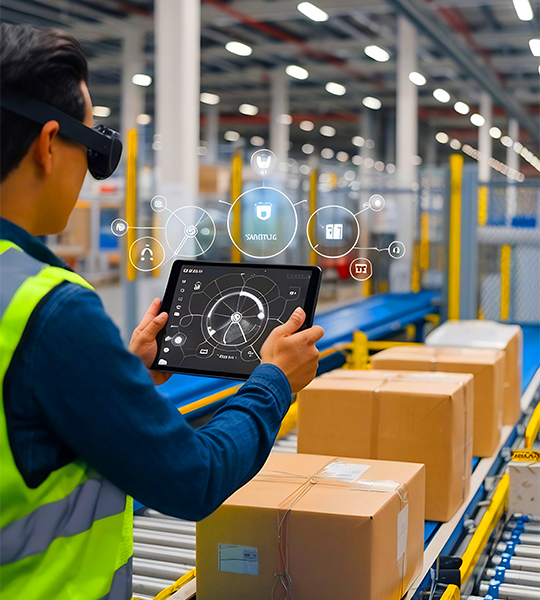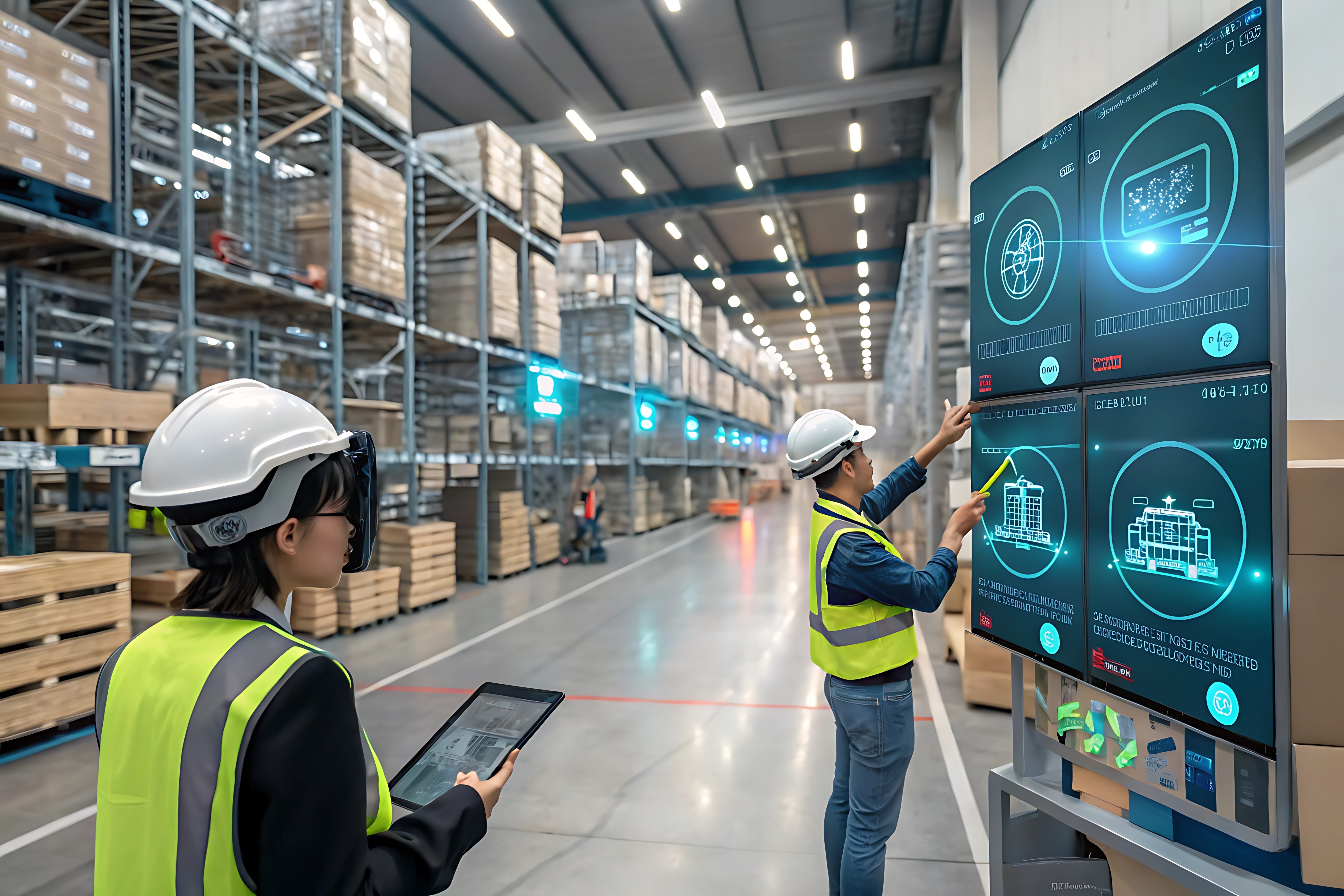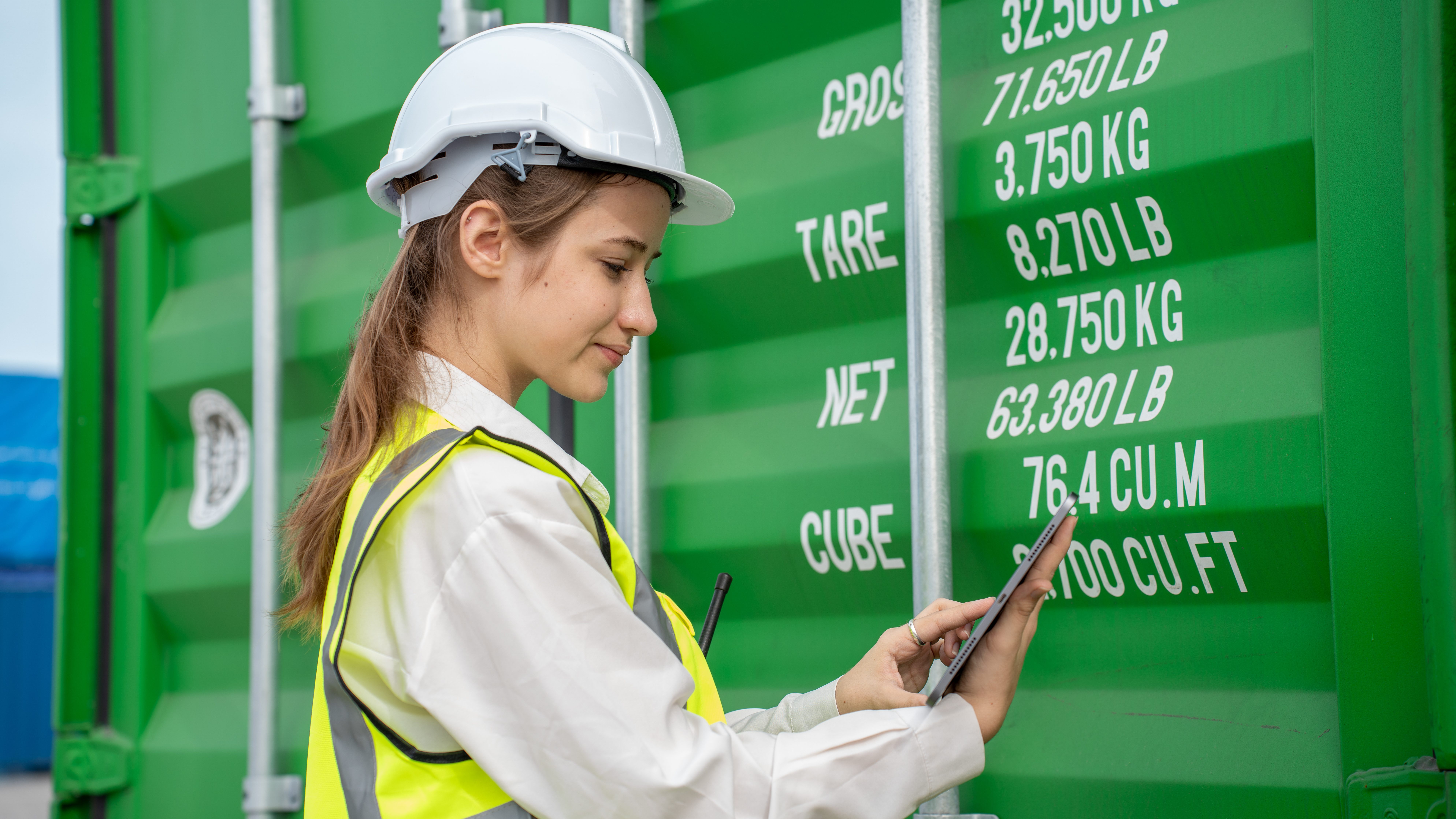

How Next-Gen Software Solutions Are Powering the Future of Smart Warehousing & Fulfilment
The warehousing & logistics sector is at a pivotal juncture. As global e-commerce expands, customer demands for quicker delivery intensify, and supply chains become more complex and exposed, businesses must rethink their warehousing infrastructure—not just as storage but as strategic fulfilment and distribution hubs.
Modern WMS and ERP solutions have become the backbone of this evolution, enabling real-time visibility, seamless integration across operations, and enhanced agility in fulfilment and distribution.
Automation—from AGVs and robotic picking systems to autonomous vehicles in logistics—is accelerating to meet labour constraints and fulfilment speed demands.
Green warehousing, energy-efficient operations, and reduced carbon footprint are no longer niche—they’re strategic differentiators in global supply chain networks.

projected value of the global warehousing & storage market by 2025
projected growth of AI in logistics through late-2020s
warehouses deploying IoT & real-time dashboard systems (estimate)

From inventory movement to order tracking, warehouses are becoming “connected operations”—feeding data into dashboards and analytics for informed decision-making.

Warehouses are evolving to manage not just bulk shipments but fast, small-batch fulfilment, returns processing and dynamic routing.

As companies outsource warehousing or operate multiple nodes (especially in regions like South India, GCC, Southeast Asia), scalable WMS + ERP architectures are vital.

Energy usage, transport emissions, warehouse layout optimisation and reduced wastage are now core KPIs, not just a CSR checkbox.
With our integrated suite, you can: